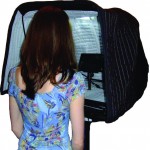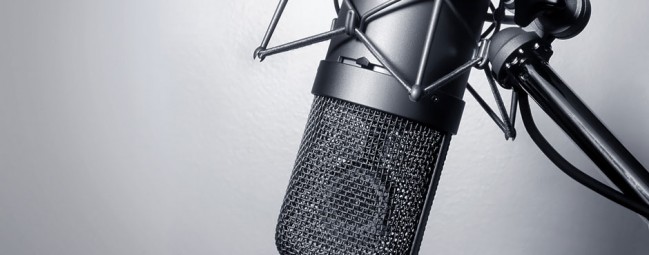Creating a Home Studio for the Beginner Voice Actor
There is a certain mystique attached to working in a recording studio. For instance, the engineer, the high-tech equipment, expensive microphones and a “big-time” producer on the other side of a double-glass window – all are exciting but also quite intimidating, especially for the beginner voice actor.
With advances in computer, software and audio recording technology, the business of voiceover is rapidly changing. And because of this, more voice actors are able to work from home. The business also is getting faster paced, where the work needs to be done quickly at a moment’s notice and e-mailed or uploaded to the producer right away!
Technology Gives Voice Actors Flexibility to Work from Home
Affordable technology now exists to allow for real-time remote recording over the Internet. These technological advances not only allow more people to do their work at home, but they have also lowered the entry barriers into the voiceover business, creating more competition than ever before. Technology advances also have resulted in higher expectations from producers and talent buyers.
It is expected that today’s professional voice actor will be able to create a recording from their home that sounds just as good as if they were recorded in a million-dollar recording studio. Besides the actual voice acting skills, voice actors should and need to invest in an acoustically treated space at home to make their recordings sound great.

Focusing on Acoustic Room Treatment and Soundproofing
The cost of equipping a home studio vary anywhere from a few hundred dollars to several thousands, depending on the need. When considering building a home studio, two aspects must be addressed: soundproofing and acoustic room treatment.
Acoustic room treatment for audio recording means that the microphone should only pick up the voice and not the echo bouncing around a room. Acoustic treatment is intended to create an “acoustically dead” space, but not necessarily a soundproof, isolated environment. External sounds will be minimized, however not completely eliminated. So, if the neighbor’s dog is barking loud, it may mean that the recording needs to stop temporarily.
Soundproofing is expensive and complicated. A “soundproof” room will be completely isolated from all external sounds. Most soundproof studios are essentially a specially designed room within a room. A beginner may find it easier on the budget to find a quiet room or time where the recording can be done without much interruption.
One thing that is important to remember is that if a room is properly soundproofed, there still is a need to treat the room acoustically. The good news is that creating an acoustically dead space beneficial for audio recording can be done relatively quickly and inexpensively by using acoustic blankets or even using a portable acoustic vocal booth, such as from VocalBoothToGo.com. This site provides acoustic room treatment and soundproofing products but also information about soundproofing, sound absorption, acoustic room treatment and a comparison between acoustic foam and acoustic blankets.
[hr]
Co-written by James Alburger, VoiceActing.com and Adil Aliev. VocalBoothToGo.com

